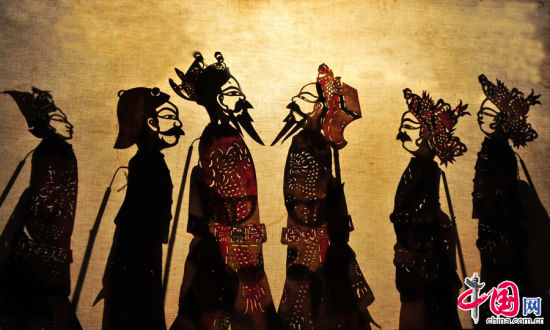Note: this blog entry was supposed to be posted during the researching phase of the project. Because I had absolutely no clue what to do at the time, and I needed to connect these terms to the actual work (which was very open-ended), I decided to post them when the video was done.
Immersion (immersive virtual reality):
Immersion is a mental state in which the participants are unaware of their body or physical self, as if they are lost within another environment which is often artificial. Immersion is an important aspect of many artistic installations and video games. For example, when they are playing video games, the players are often lost in the virtual reality, and become unaware of their physical surroundings and time. In fact, some of the game developers are aiming for this effect, such as by using the first-person viewing angle in the games (one good example will be a recently released game called "Dear Esther").
 |
| Retrieved from IGN <http://www.ign.com/images/games/dear-esther-pc-100307/3589955> |
|
In addition, immersion was one of the essential objective of my work "Flow." In my personal case, I tired to create an immersive atmosphere by juxtaposing highly contrasting visual and audio elements.
Haptic Visuality
In short, haptic visuality is the touch of eyes. For example, in a tactile blind contour drawing exercise, the artist is drawing down the objects without looking at the actual drawing, as he/she is trying to touch and feel the contour of the objects with his/her eyes, and then he/she translate this sensory information onto the paper. Moreover, during such exercises, any optical illusory information such as tonal shadow is omitted, because it is not attained by the sense of touching.
The reason I put this term here is because haptic visuality is originally part of my work. I was going to incorporate parts of the blind contour drawings in the video, and thus it will adds to the hybridity of the work. However, due to the fact that the video was already quiet long, I decided to leave certain things out.





























